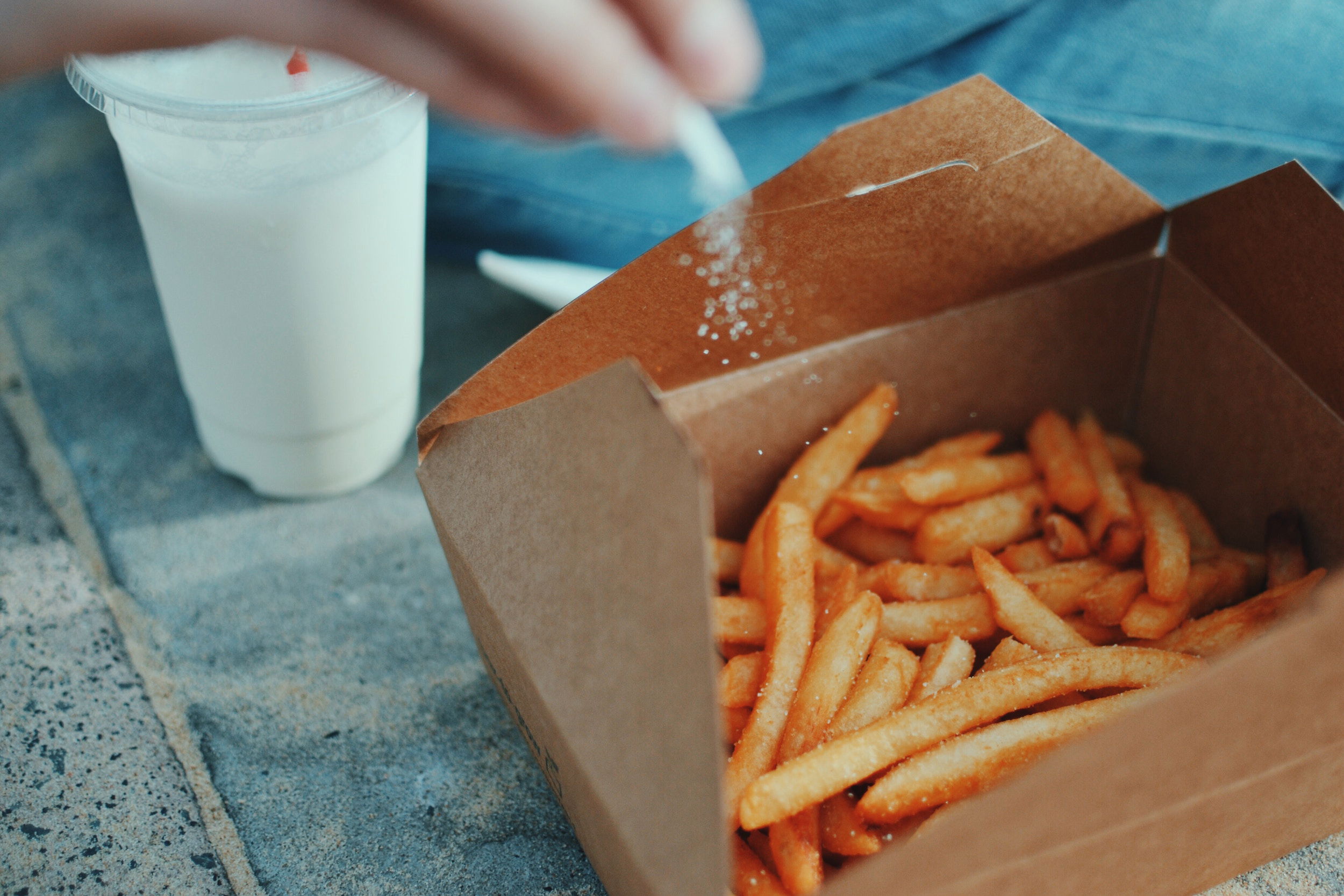Many people need to monitor their sodium intake, which is problematic because it may be hard to determine how much can be hard to know how much salt they are getting in their diet. Suppose you are interested in reducing your salt intake; this blog will allow you to provide information about how it impacts the body and some familiar sources of high-salt food items.
What is the impact of low sodium on the body?
Low sodium is a great way to lower the chance of high blood pressure and heart disease. Eating less salt can also help you lose weight, decreasing your risk for other health problems like diabetes. The impact of low sodium on the body is that it can cause discomfort and health problems.
Low-sodium diets are recommended for people with hypertension, cardiac disease, kidney disease, or diabetes.The low-sodium diet is a great way to manage your blood pressure. The main goal of this diet is to eat foods with less than 2,300 milligrams of sodium per day.
Overeating salt can put you at risk for high blood pressure and heart disease. The low-sodium diet is a dietary plan that restricts salt intake, and this diet has been shown to reduce hypertension or high blood pressure. People with lower levels of salt in their bodies are much less likely to suffer from heart disease, kidney stones, and other health issues related to hypertension.

How to reduce your salt intake
One way is switching out some foods you eat for lower sodium. Some examples are canned vegetables instead of fresh ones, baked chips instead of fried chips, and low-sodium soups instead of regular ones.
Another way to reduce your salt intake is by using less salt when cooking or eating at home. You could add spices like garlic powder or onion powder to replace them. Salt is a necessary part of our diet, but excessive salt can lead to hypertension and other health problems.
The recommended daily intake for sodium chloride is 2,300mg per day. To reduce your salt intake, you can try these tips also: Cut back on the number of processed products you eat, and processed foods are often high in sodium, including fast food restaurants like Mcdonald’s or Burger King. Other ways you can reduce your salt intake such as:- Avoiding processed foods- Reading the nutrition labels on packaged food items – Read the ingredients list for anything that contains salt or sodium
Typical foods with high levels of salt
Salt adds flavour to food and helps preserve food, which can be vital during periods when refrigeration isn’t available or practical. The problem with salt is that it’s unhealthy for you, and a high sodium intake can cause hypertension and other health problems over time.
The soundest way to cut back on your salt intake is by reading labels carefully before buying any packaged foods. You’ll want to avoid the most common foods with high salt levels, usually those we eat daily. For example, bread and processed meats such as bacon and ham contain high sodium. Other sources include canned vegetables, soups, sauces, salad dressings, and soy sauce.
These foods have lower levels of salt than they did in the past, so it is possible to reduce your intake by choosing low-sodium options when available. The common foods with high salt levels are bread, pasta, and many processed foods. There is a lot of sodium in these foods because they are preserved by adding salt.
Conclusion: We have looked at the importance of low sodium and how it can affect your body. We have also looked at foods high in sodium and how they can be replaced with low-sodium options. In conclusion, we should all try to eat less salt as it is not suitable for our health.


